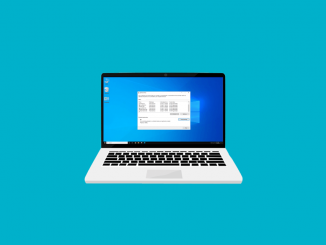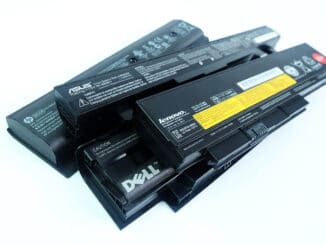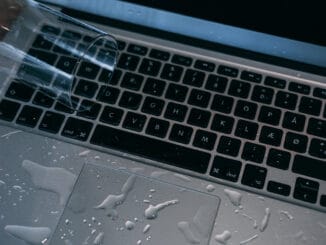CDs are used to store software, data, audio, and videos inscribed on the Disc through a process known as burning. This article will dwell on the details and provide easy step-by-step procedures to help you burn a CD in Windows 10.
Things You Require to Burn a CD
There are two basic things required to burn a CD on your laptop. The most important thing is to make sure that your laptop is equipped with an Optical Disc Drive (ODD) with the necessary drivers.
Check out: Best CD players
Usually, most of the laptops do possess the ODD component, and Windows 10 works automatically with any CD-R/W, thereby not requiring drivers. Secondly, you must also have a blank CD on which you can burn/write the data.
Let’s get started
As you switch on your laptop and insert the blank CD, a notification box pops up, displaying various options you can choose from to proceed further.
- You have to select Burn files to Disc, which will open the Burn a Disc window asking, How do you want to use this Disc? In case the notification disappears before you could click, you can eject and insert the Disc again or click the right mouse button on the CD drive icon and click on auto-play.
- You will then find a dialog box wherein you must add a title for the Disc. You can name it anything, although it must contain limited characters. Make sure you incorporate a relevant title.
- Below the dialog box, you will find two options on how to Burn/Write the Disc. The choice you make between the two methods will determine the outcome of your CD.
Like a USB Flash drive
In this method, you can write, edit and erase any data at any point and use it as a storage device.
- Here, if the Disc is write-only, it is possible to erase data. However, in such a case, it will show that the space is used. However, if the Disc is rewritable, the entire space can be reused several times.
- One thing to remember is that, in this method, burning CD might pose issues when using older Windows versions.
- Once you choose to Burn/write the Disc like a USB flash drive and click on ‘Next,’ the laptop will format the Disc so it can be used as a USB flash drive or a storage device.
- A file explorer window will open, and all you need to do is drag and drop the files or copy the files you want to the disc drive.
- After copying all the files, you can eject the CD. It is now ready for use. You can rewrite, erase or play the CD on another computer.
With a CD/DVD player
In this method, you select the files to be burned and create a master disc that is usable on any computer/laptop.
- When you choose to burn/write the CD using this option, a window will open where you can manage all the files you wish to burn.
- Drag and drop or copy the files in the area stating files ready to be written to disc. There will be a delay in burning the files/writing on the CD.
- Once you complete the selection and management of the files, you must click on drive tools on the menu bar.
- Then, select finish burning, which will open a new wizard, Burn to Disk.
- You must provide the title, choose the recording speed, and select Next.
- It will open up a progress bar and provide the estimated time to complete burning the CD.
- When the process of burning/writing is over, a new window will pop up notifying, You have successfully burned your files to the disc.
- In this window, an option will emerge asking Do you want to create another disc using the same files? If you wish to make another disc, click on the check box and go through the process of burning/writing the Disc.
- If you are done with burning/writing the files of the Disc, you can click on the Finish button. Now, you can use the Disc on any computer/laptop.
In conclusion
Using the Disc once in a while could help ensure that the Disc is not ruined. It is advisable to back up the data on the Disc to another disc or device after 10 -15 years, although the shelf life is claimed as 5–30 years for average CDs.
CDs are an excellent way to store your data during the short term. However, if you are shelving it for a very long time, you could lose your data as the Disc might degrade or because of improper Disc storage.




Be the first to comment